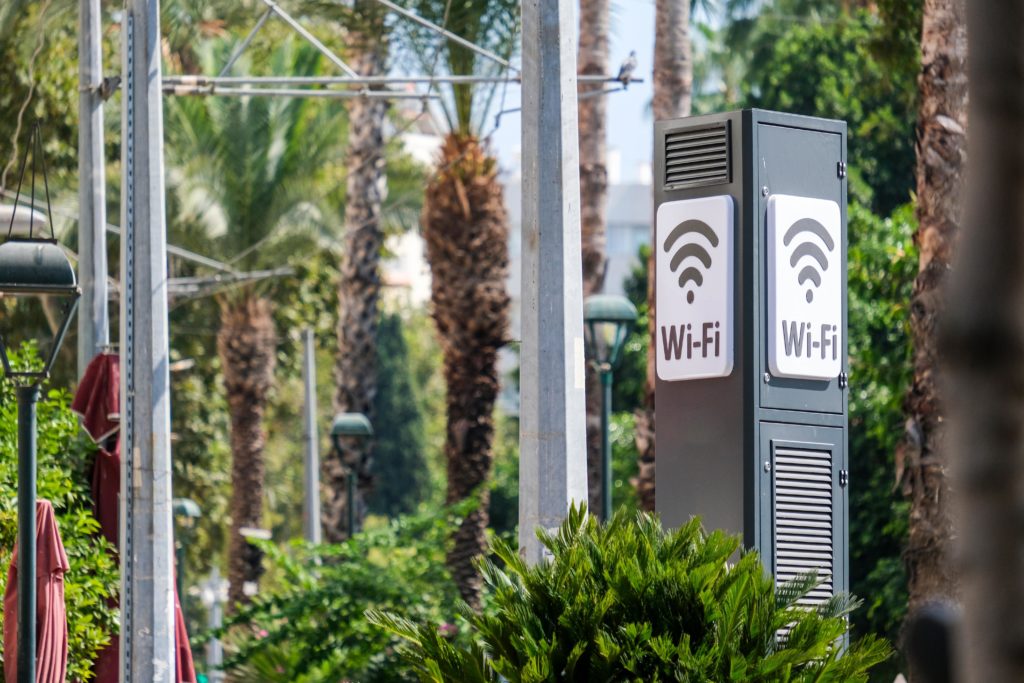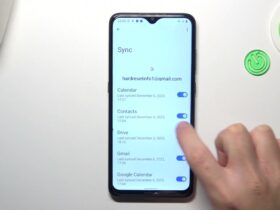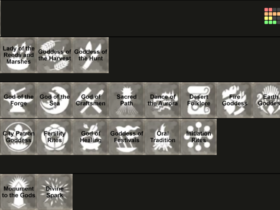A Wi-Fi catcher sends a white noise signal that has already been set in certain bandwidths, which makes it hard for Wi-Fi and Bluetooth to work. Wi-Fi Catcher units can be set up to interfere with as many different frequencies as their radio frequency (RF) capabilities allow. For simple Wi-Fi jamming systems, about 20 meters is the effective interference range.
What is Wi-Fi Catcher

A Wi-Fi catcher is an appliance that blocks or jams the signals of Wi-Fi and Bluetooth devices. It disables the user’s devices from connecting to the 3G, 4G, and Wi-Fi networks.
Wi-Fi Catcher is a tool that allows you to search for and connect to nearby wireless networks easily. It also shows signal strength and security information, helping you choose the best network for your needs. Using Wi-Fi Catcher can save you time and frustration when finding a solid internet connection.
Types of Wi-Fi Catchers
Wi-Fi Catchers can disrupt signals in the 5.8 GHz, 8 GHz, and 1315 MHz frequency bands in addition to the more common 2.4 GHz range. The different Wi-Fi Catchers are mentioned below:
- Cellular Catchers To prevent a cell phone from communicating with the tower’s base station, a cellular catcher device broadcasts on the same radio frequencies as the phone.
- Wi-Fi Catchers To prevent gadgets from connecting to 3G, 4G, and wireless Wi-Fi networks. Wi-Fi Catchers generate a frequency that interferes with wireless signals.
- GPS Catchers A GPS Catcher is a small gadget that sends out radio signals at the same frequency as a GPS receiver to disguise the user’s location. When this happens, interference prevents the GPS from pinpointing the device’s location.
More: 5 Types of Malware Attacks [How to Prevent Them]
How to protect from Wi-Fi Catchers

- Set a Strong Wi-Fi Password It is crucial to have a secure password for your Wi-Fi network. They block unauthorized users from accessing your wireless network. Accordingly, these safeguards can stop hackers from breaking into your network for nefarious purposes. However, strong and difficult-to-guess passwords are required for blocking Wi-Fi signals. Passwords that are too simple to crack leave a network open to intrusion. Use special characters and symbols in your password to make guessing more challenging. Password complexity can be increased by using a mix of character types, making it harder for hackers to crack.
- Reset your Wi-Fi Connection Wi-Fi jamming can be easily avoided by simply resetting your Wi-Fi connection. It clears the memory of your router and refreshes all connections. If an attacker compromises your network and gains access to your Wi-Fi, all settings will be deleted, and the network will be reset.
- Installing Jamming Detectors A jamming detector is one of the most effective techniques to prevent Wi-Fi intrusion. If the software detects any network attacks, it automatically blocks the threat and terminates the connection. Thus, your network will remain secure against any prospective threats.
- Strongest Wi-Fi Security Protocol Experts agree that among WEP, WPA, WPA2, and WPA3, WPA3 is the superior wireless security protocol for Wi-Fi. WPA3 is the most secure wireless encryption system since it is the most modern. If your router supports WPA3, it must be enabled immediately. This will simultaneously raise the security level of the internal network and allow you to use cutting-edge technological solutions.
Conclusion
Wi-Fi catchers are extremely hazardous since it prevents users from accessing the network, placing their sensitive data at risk of exposure. It is typical for individuals with malevolent purposes to intercept your Internet connection and cause problems with your devices and connections. It is crucial to take the appropriate safeguards to prevent Wi-Fi catchers and protect yourself from their negative consequences. Similarly, you should be able to recognize when your Wi-Fi is congested and address the problem.











